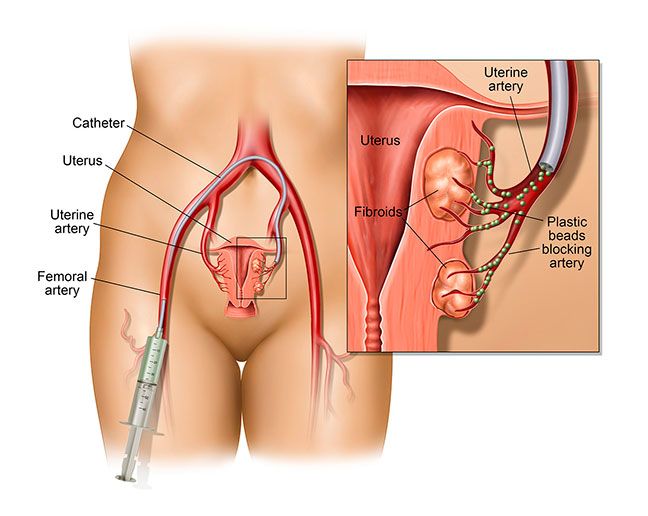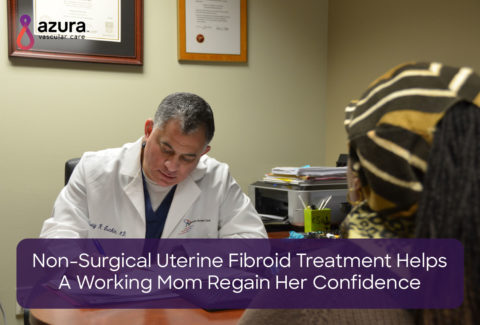
National Women’s Health week started this past Sunday, May 13, and on Monday, many headlines featured the news of First Lady Melania Trump, 48, undergoing an embolization procedure to treat a benign kidney tumor.
What Is an Embolization Procedure?
You may be wondering “What is an embolization?” Embolization is a minimally invasive procedure that cuts off the blood and oxygen supply to a tumor, aneurysm or abnormal growth. It is performed by an interventional physician, who uses imaging guidance to insert a catheter into an artery and advance it to the blood vessel that is supplying the undesired growth. Medications or synthetic materials, called embolic agents, are injected through the catheter and into the vessel supplying blood to the undesired growth, blocking off the blood supply. Cutting off the blood and oxygen supply essentially starves the undesired growth, causing it to shrink and die.
Embolization is used to treat a variety of conditions, including varicoceles and uterine fibroids. This minimally invasive procedure is usually performed using mild/moderate sedation and requires only a small incision, rather than an open surgical approach, which results in less damage to the body than with open surgery. i Generally, minimally invasive embolization is associated with:
- Less pain
- Fewer complications
- Shorter recovery period
Embolization Treatment for Women Suffering from Uterine Fibroids
National Women’s Health Week is a time to take charge of your own health. If you have been diagnosed with uterine fibroids and are suffering from symptoms that impact your quality of life such as painful periods, heavy menstrual bleeding, frequent urination and pain during intercourse, consider uterine fibroid embolization (UFE) as a treatment option.

Years ago, surgical hysterectomy was your only treatment option for troublesome uterine fibroids. Today, you have a choice. You now have an option in place of surgery for the treatment of uterine fibroids.
UFE is a minimally invasive procedure that safely and effectively shrinks fibroids by cutting off their blood supply, causing them to die. It is a uterine-sparing alternative treatment option to surgery and performed in a convenient and comfortable outpatient setting. Following the UFE procedure, you can resume light activities within a few days and return to normal activities within eight to 14 days.
Many women with painful and heavy periods attain relief from their symptoms with UFE, and many women resume their normal routine in about a week. In fact, 70 to 90 percent of women experience significant relief of their uterine fibroid symptoms without surgery.
If you are seeking a minimally invasive treatment for your uterine fibroids to provide relief from symptomatic pain and discomfort, request a consultation with a vascular specialist to find out if you are a good candidate for the UFE procedure.
For more information, download the free UFE info sheet or call 844-UFE-CARE (833-2273) to schedule an appointment with a vascular specialist today.
Sources:
i Pathology and Intervention in Musculoskeletal Rehabilitation (Second Edition), 2016.


